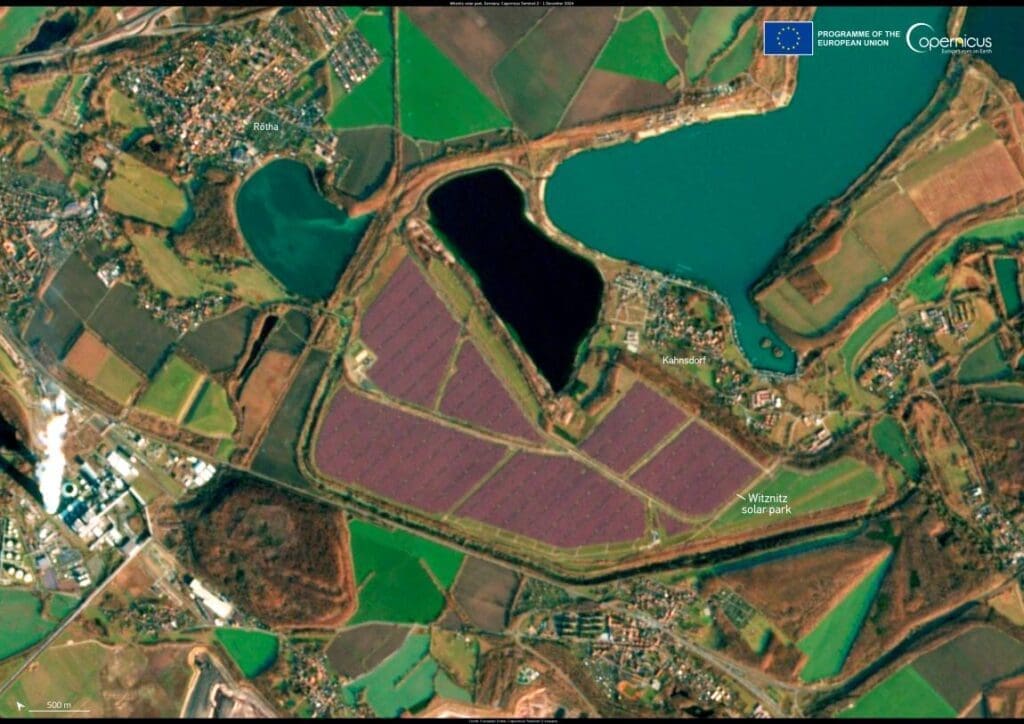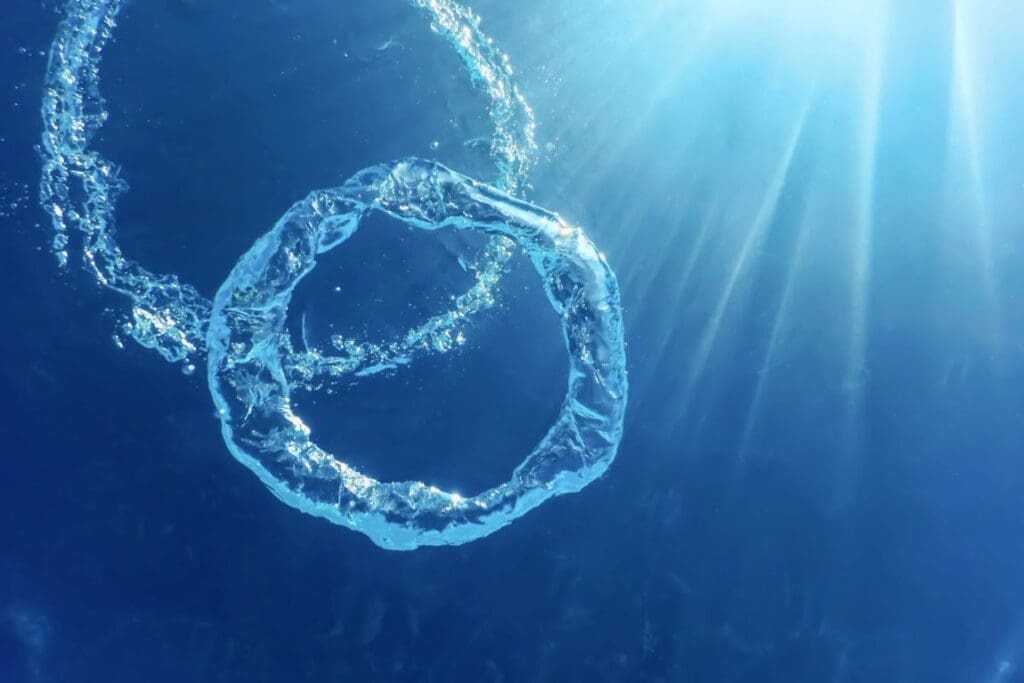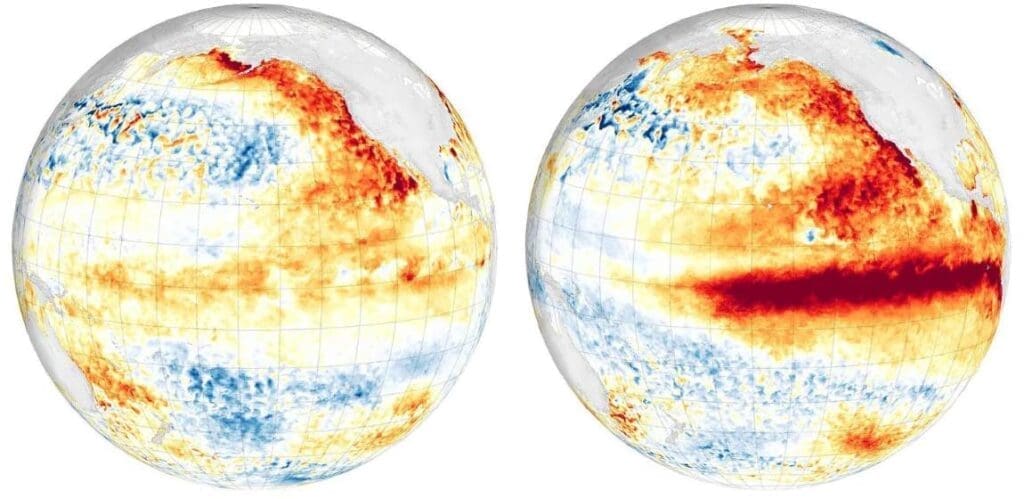Image of the day: Witznitz Solar Park powers Europe’s renewable futureNews Muser NewsDeskJanuary 3, 2025
Full article
Muser NewsDeskJanuary 3, 2025
Full article
Image of the day: Witznitz Solar Park powers Europe’s renewable future
The Witznitz Solar Park, located near Leipzig in eastern Germany, stands as a monumental achievement in Europe’s renewable energy sector. Spanning approximately 500 hectares on…
Oceans’ sulfur emissions reveal stronger climate-cooling effectsClimate SourceNovember 28, 2024
Full article
SourceNovember 28, 2024
Full article
Oceans’ sulfur emissions reveal stronger climate-cooling effects
New research has unveiled that oceans emit a sulfur gas produced by marine life in quantities that significantly enhance their climate-cooling impact, particularly over the…
“Geoengineering will not solve the problem of climate change”Science SourceOctober 24, 2024
Full article
SourceOctober 24, 2024
Full article
“Geoengineering will not solve the problem of climate change”
Christoph Elhardt | ETH Zürich | MP - A team led by ETH climate researcher Sandro Vattioni has shown that diamond dust released in the…
El Niño oscillations were stronger and more frequent in Earth’s ancient pastScience Adrian AlexandreOctober 22, 2024
Full article
Adrian AlexandreOctober 22, 2024
Full article
El Niño oscillations were stronger and more frequent in Earth’s ancient past
A recent study from Duke University researchers reveals that the El Niño phenomenon, a warm ocean event with global climatic impact, has been occurring for…
Understanding the Green Sahara’s collapseClimateScience SourceJune 17, 2024
Full article
SourceJune 17, 2024
Full article
Understanding the Green Sahara’s collapse
By Technical University of Munich (TUM) From the last ice age until around 6000 years ago, the region now known as the Sahara Desert was…





